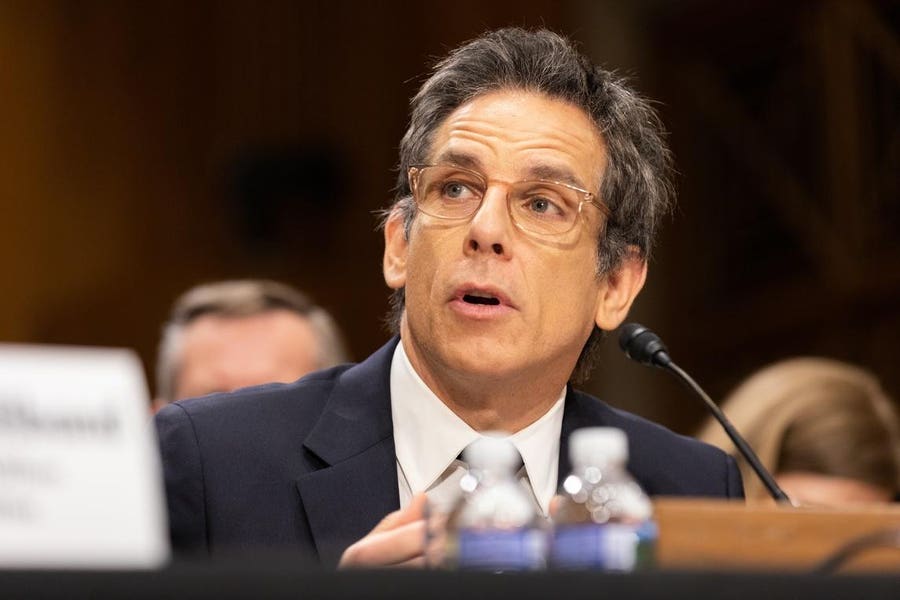Debunking Viral Rumors: USAID Challenges Celebrity Ukraine Travel Conspiracy Claims

Hollywood actor Ben Stiller found himself unexpectedly caught in a web of online misinformation after appearing in a deceptive video circulating on social media. The video, which falsely claimed to be from E! News, contained a misleading narrative suggesting that the United States Agency for International Development (USAID) had funded celebrity travel to Ukraine.
Stiller, known for his humanitarian work and support for various global causes, was among several high-profile celebrities featured in this fabricated video. The clip, complete with a fraudulent E! News watermark, was designed to spread misleading information and potentially undermine the credibility of humanitarian efforts.
The incident highlights the growing challenge of digital misinformation and the ease with which manipulated content can spread across online platforms. Despite the video's attempt to discredit legitimate humanitarian work, Stiller has been a vocal supporter of Ukraine and has consistently used his platform to raise awareness about the ongoing conflict.
This latest episode serves as a stark reminder of the importance of verifying information and being cautious about the content shared on social media.

